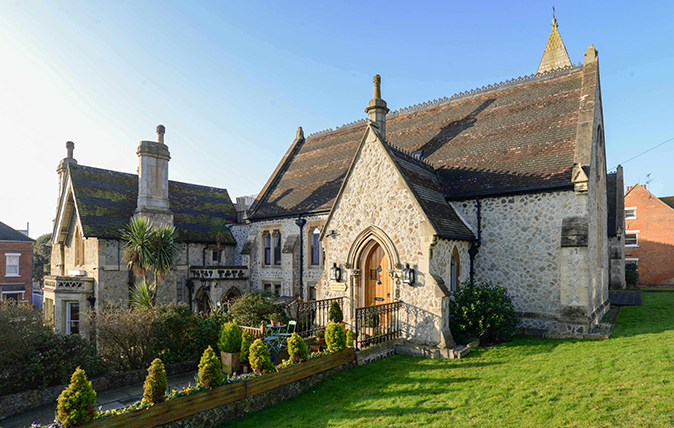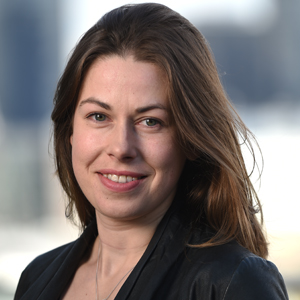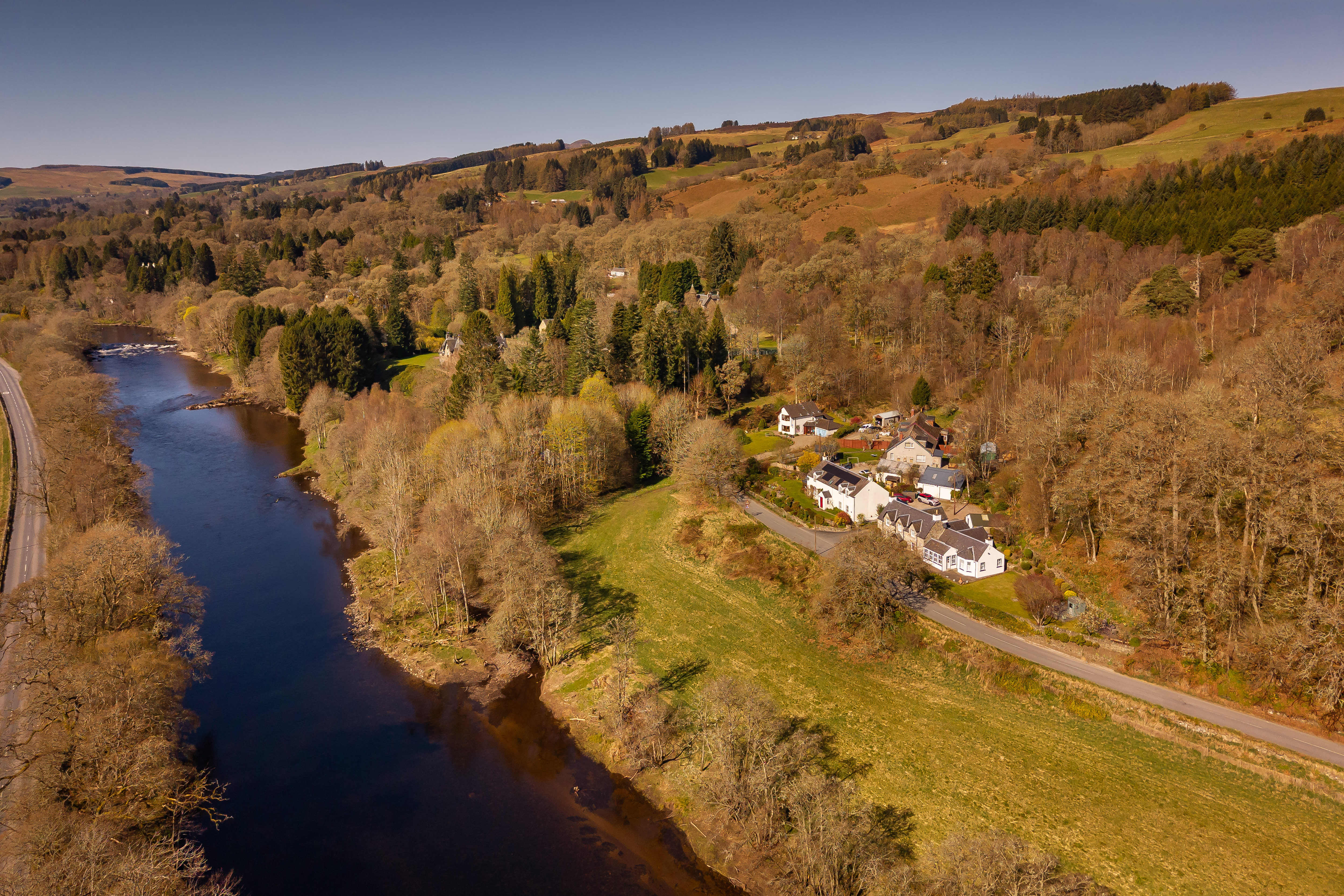Charming old school house designed by a founding member of the Institute of British Architects
Stunning neo-Gothic property, close to the beach.


Originally constructed as a school to provide education for up to 350 children, this handsome Grade II-listed property situated on Sandgate Hill, near Folkestone was designed in 1866 by architect Philip Hardwick.
Hardwick was a founding member of the Institute of British Architects, and created this building in the neo-Gothic style - something which is still reflected inside and out.

Two-bedroom Neale Cottage forms part of the converted building and boasts a wealth of period and ecclesiastical features throughout, with wonderful gothic-style windows and thick ragstone walls.

It has two bedrooms, two bathrooms (one boasting a fabulous French Victorian cast iron bath by Noyons) and a superb open-living space which benefits from a double-height vaulted ceiling and lots of natural light.

Outside, a decked terrace is perfect for al fresco dining. The property is also a short walk from the beach.
Sign up for the Country Life Newsletter
Exquisite houses, the beauty of Nature, and how to get the most from your life, straight to your inbox.
Agnes has worked for Country Life in various guises — across print, digital and specialist editorial projects — before finally finding her spiritual home on the Features Desk. A graduate of Central St. Martins College of Art & Design she has worked on luxury titles including GQ and Wallpaper* and has written for Condé Nast Contract Publishing, Horse & Hound, Esquire and The Independent on Sunday. She is currently writing a book about dogs, due to be published by Rizzoli New York in September 2025.
-
 Vertigo at Victoria Falls, a sunset surrounded by lions and swimming in the Nile: A journey from Cape Town to Cairo
Vertigo at Victoria Falls, a sunset surrounded by lions and swimming in the Nile: A journey from Cape Town to CairoWhy do we travel and who inspires us to do so? Chris Wallace went in search of answers on his own epic journey the length of Africa.
By Christopher Wallace Published
-
 A gorgeous Scottish cottage with contemporary interiors on the bonny banks of the River Tay
A gorgeous Scottish cottage with contemporary interiors on the bonny banks of the River TayCarnliath on the edge of Strathtay is a delightful family home set in sensational scenery.
By James Fisher Published
